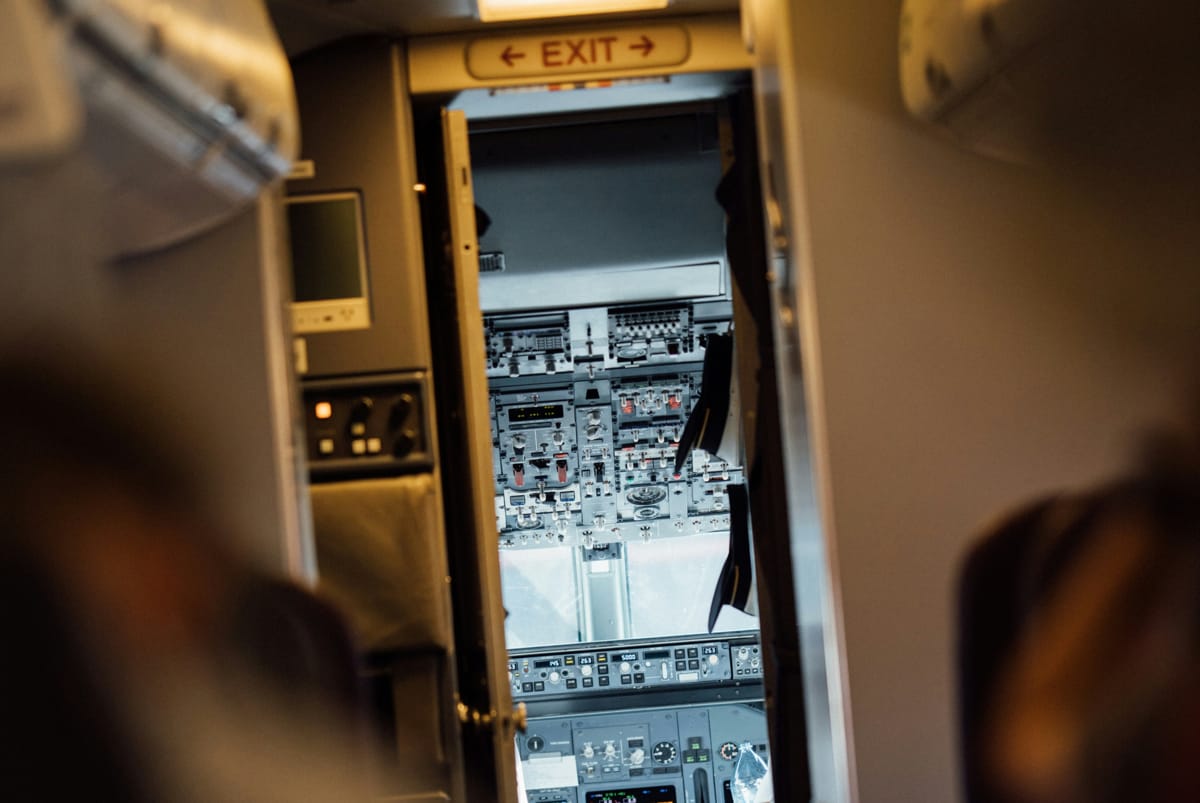November will be an exciting time for Australia’s relationship with Latin America. Prime Minister Anthony Albanese is set to meet his Latin American counterparts at the APEC summit in Peru followed by a trip to Rio de Janeiro for the G20 summit immediately after.
But unlike Albanese, armed with a ticket to ride on A39-007, the Prime Ministerial jet, the hundreds of Australian government officials, eminent persons, and journalists to accompany him will learn that Australia's aviation links to Latin America are woefully underdeveloped. The sole direct route is a 14.5-hour flight between Sydney and Santiago in Chile, operated by Qantas and LATAM.
This disconnection is not merely a symptom of Australia’s tyranny of distance but rather a geopolitical strategic oversight. If Australia is serious about its relationship with Latin America, it must prioritise expanding its aviation connections with the region.
The strategic use of aviation as a tool in international relations is well-documented.
Consider the economic and political dividends of having more than one connection between the two regions. Economically, the agricultural, mining, and higher education sectors stand to benefit significantly from more direct flights. While the business case for increased flights is evident – consider the growing number of travellers between the two regions, the nearly 200,000 Latin American-born people living in Australia, and the growing number of Australians with ethnic or cultural ties to Latin America – the benefits extend far beyond airline profits. Economic ties could be strengthened through more efficient logistics and transportation networks, especially in agriculture and mining. Educational exchanges would flourish with easier travel, enhancing Australia’s appeal as a destination for Latin American students.
But Australia’s engagement with Latin America is more than just a commercial endeavour. Latin America represents one of the most non-aligned blocs globally, so a closer relationship offers a unique opportunity to diversify Australia's international partners and focus on a geographically south-south relationship. To fully grasp this opportunity, Australia must overcome the misconception that the Sydney-Santiago route is the only possible and profitable route for its airlines. The broader economic, political, and social benefits should drive the argument. Increased flights will stimulate trade and investment, enhance people-to-people links, and foster cultural exchanges. Latin America offers a wealth of opportunities for Australian businesses, educators, and tourists, and vice versa for Latin America.

In connecting more with Latin America, there is also an opportunity for Australia to position itself as a transit hub between Asia and Latin America. This intermediary role could be particularly advantageous if Australia leverages its geographical position as a hub for connections between ASEAN countries and Latin America.
The potential for Australia to act as a facilitator of ASEAN-Latin America connections beyond current, but limited multilateral agreements is immense. Relations between ASEAN and Latin America have been growing in the last decade, although they remain relatively modest compared to ASEAN’s burgeoning engagement with other regions. Engagement through the Asia-Pacific Economic Cooperation (APEC), Comprehensive and Progressive Agreement for Trans-Pacific Partnership (CPTPP), and the Forum for East Asia-Latin America Cooperation (FEALAC) has created some opportunities for dialogue and cooperation between ASEAN and Latin American countries.
Australia must overcome the misconception that the Sydney-Santiago route is the only possible and profitable route for its airlines. The broader economic, political, and social benefits should drive the argument.
Yet there is significant potential for growth and deeper cooperation between ASEAN and Latin America. Both regions recognise the value of strengthening ties to leverage their complementary strengths and address shared challenges, and Australia is perfectly positioned to serve as a bridge between these two dynamic regions. Both regions hold a high degree of trust and friendship with Canberra. It is opportune not only to boost Australia’s economic prospects but also to strengthen its geopolitical standing as the “go-to” facilitator between two growing regions.
Expanding aviation links will require a concerted effort from both government and industry. The government must negotiate better bilateral air service agreements and provide incentives for airlines to establish new routes. Public-private partnerships would be a viable strategy, leveraging the strengths of both sectors to develop sustainable aviation links.
The strategic use of aviation as a tool in international relations is well-documented. Governments have long used national carriers to forge and reinforce diplomatic ties. For instance, Taipei announced the opening of new routes for the Taiwan-based China Airlines between Taipei and China as a gesture of goodwill. In the Gulf, the first direct flight operated by Qatar Airways landed in Saudi Arabia in 2021 to signal the normalisation of relations between Doha and Riyadh for the first time since 2017.
Closer to home, the Queensland government successfully negotiated for multiple daily services between Brisbane and the continental United States through its $200 million Attracting Aviation Investment Fund. In May 2024, Foreign Minister Penny Wong announced a new non-stop flight between Brisbane, Australia and Koror, Palau, operated by Nauru Airlines, to strengthen economic and political relations and celebrate the 30th anniversary of diplomatic relations. These examples offer a template for Australia to follow in its approach to closer links with Latin America.
The use of commercial aviation as a tool of Australian statecraft is therefore not new. Australia’s civil aviation sector must represent more than just the country’s economic interests; it also needs to be an effective tool for connection and diplomacy in signalling Australia’s political interests. Australia's limited aviation links to Latin America are not just an economic oversight; they are a missed opportunity to redefine Australia's role in the 21st century. The future is airborne, and Australia must not be left on the tarmac.

